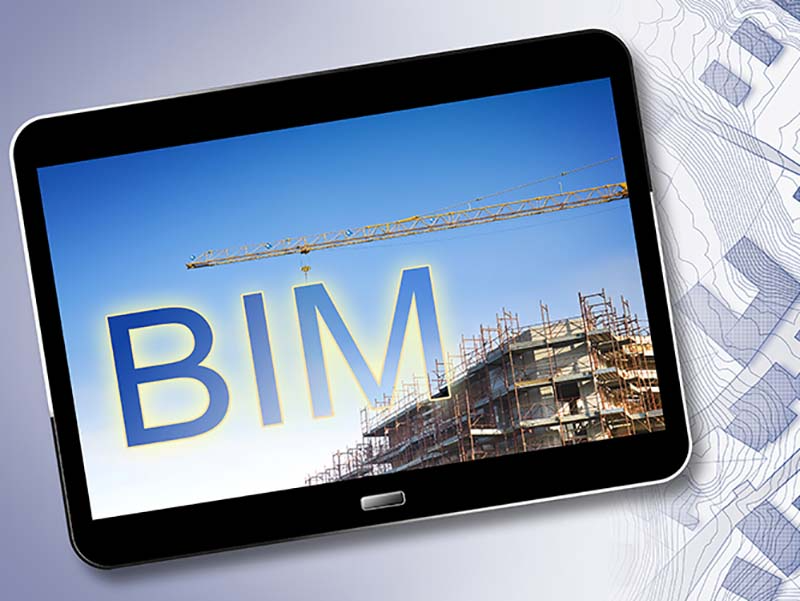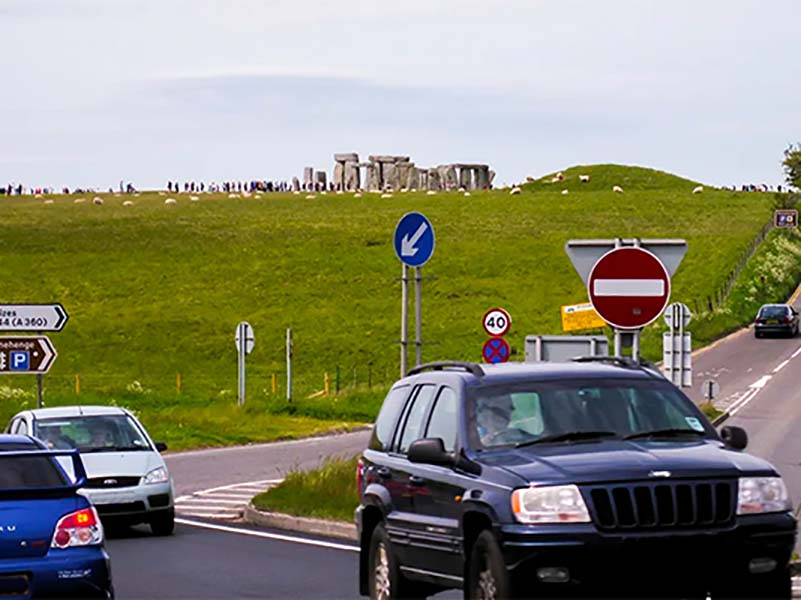Construction digital twins
It is difficult to go anywhere in the world of construction information and not hear the term ‘digital twin’. Depending on who you talk to, this is either a simple rebrand of BIM Level 3 or a new dynamic way of collecting and using ‘as built’ data, a view of data that can be monitored and assessed to get the best out of our physical assets. For some, it goes much further and is the solution to all of our construction and asset operational needs, especially when you throw in a liberal sprinkle of machine learning and artificial intelligence. The reality is that none of this will work without setting the rules of how the twins will develop in their early stages and how we set up the guiding principles for operation once they leave that development environment. That sound base has to be a coordinated set of data about the asset, both in its design stages and through construction.
We want the physical and digital twins to be very close, not just a view of what might or might not be included in the constructed asset, or at worst, a fraudulent claim of what was installed when an inferior product or system was used.– Richard Waterhouse
The DNA of digital twins
The truth of digital twins is that in order to be sure the twins are indeed related, we need to be able to test their DNA and the DNA of construction has to be clear and specific data. We have to know what the asset is, before we can assess and compare how the asset performs. The ISO19650 BIM standards help us organise the data into standardised classification systems. The Uniclass 2015 classification was designed for BIM, both through design and asset management. Populating this classification structure is simple if you have the right data. Start with the freely available NBS BIM Toolkit to define the roles and responsibilities in the project (on tasks as well as systems and products) – setting the rules from the beginning. Follow this through into NBS Chorus, a platform that allows teams to share consistent and high quality specification and product information, dynamically linked to the geometry models and Common Data Environments throughout the project workflow.
Digital twins and ‘big data’
Over time, and as more projects are added into the cloud, teams using the NBS Chorus platform will be able to interrogate across the projects and look at their portfolios. This will be true not just for the design teams, but contractors and clients too. Who knows what will grow from this analysis? It may lead to improvements in procurement and supply chain management, as we see the products and systems that perform as expected and those that don’t. It could lead to the product traceability that works well in the aviation and automotive sectors but is appallingly absent in construction. Most of all, it could lead to improvements in the design and delivery of our built assets in a world that needs them to operate efficiently and effectively, as places to live and work, but also as drivers for change in our environmental performance. To achieve this and to grow and develop our digital twins together, we need to nurture them from an early stage and ensure they have the rules for decision making through their lives.
Source: http://www.bimplus.co.uk/analysis/testing-dna-digital-twin/



